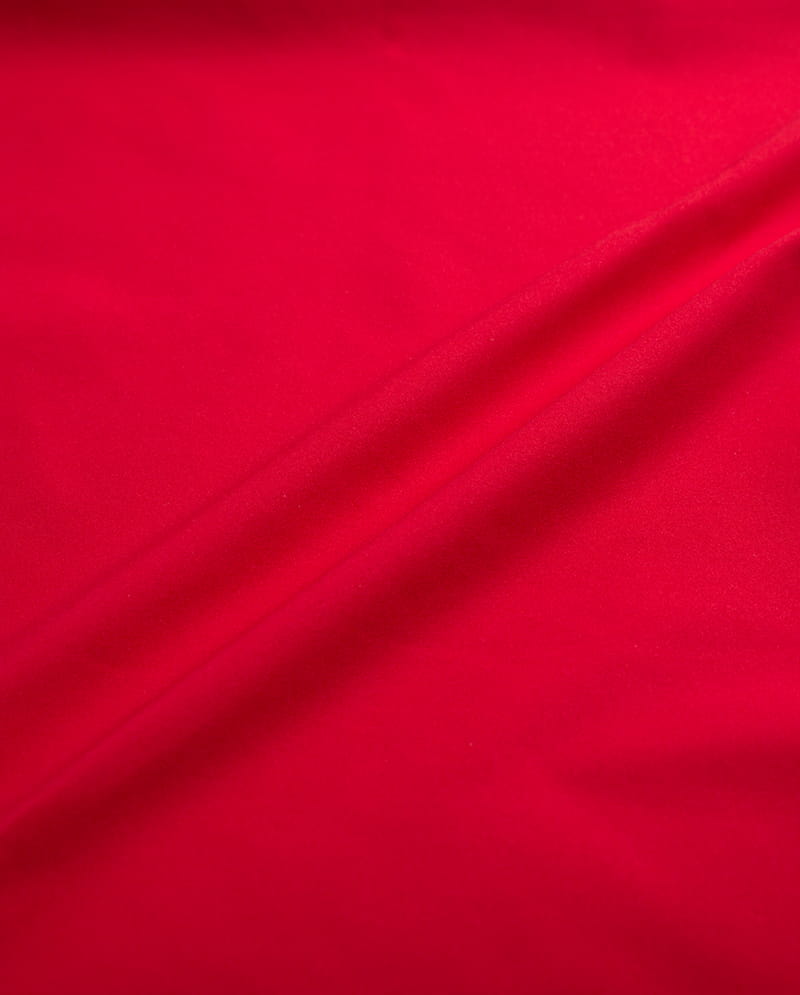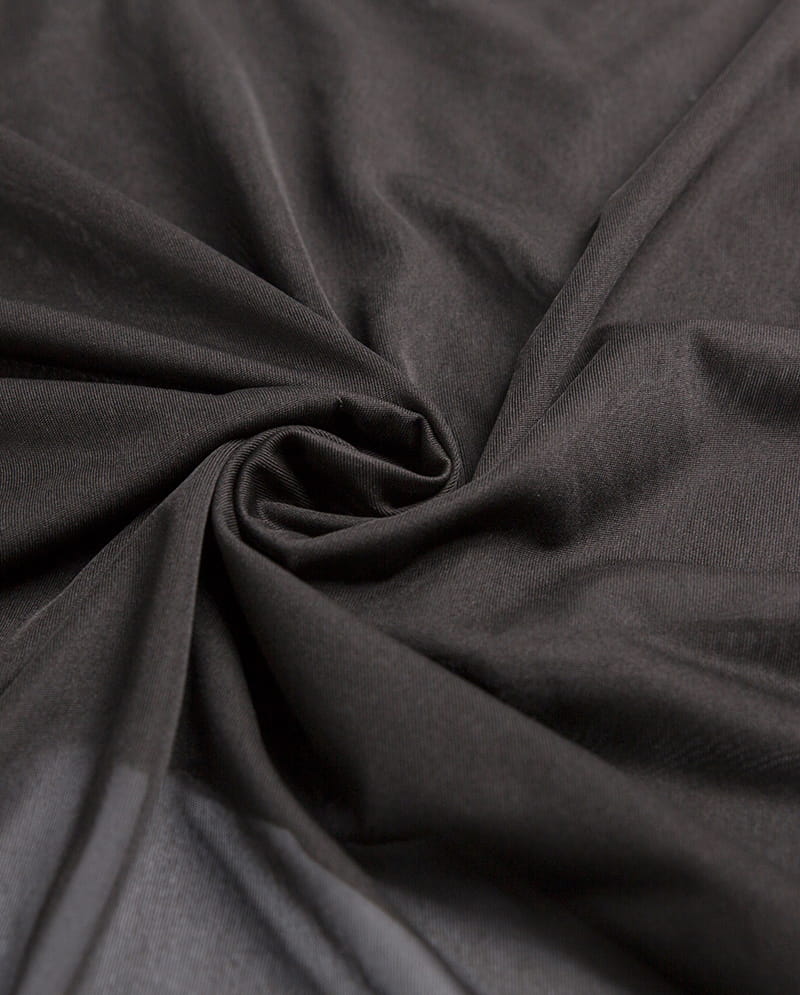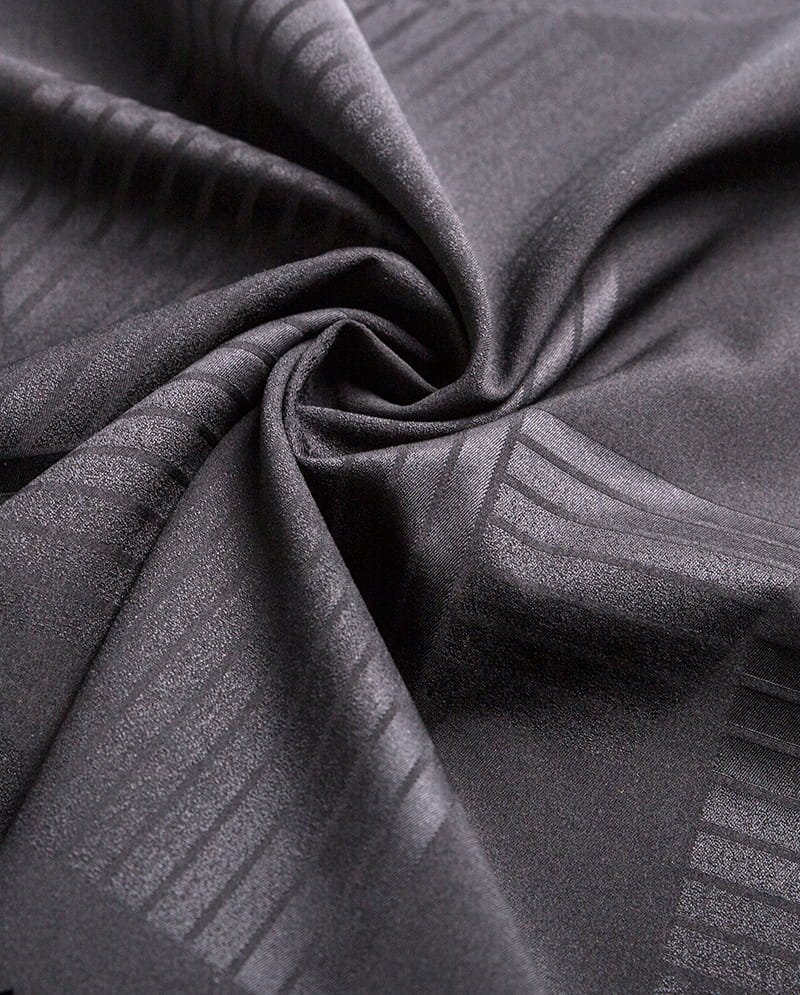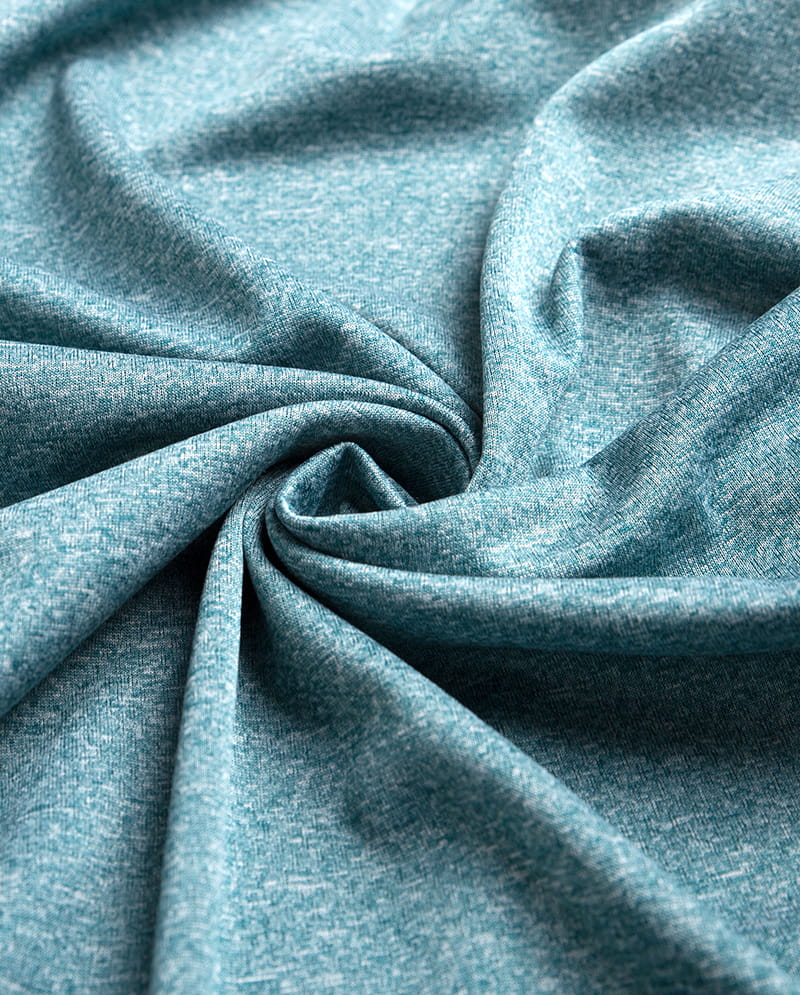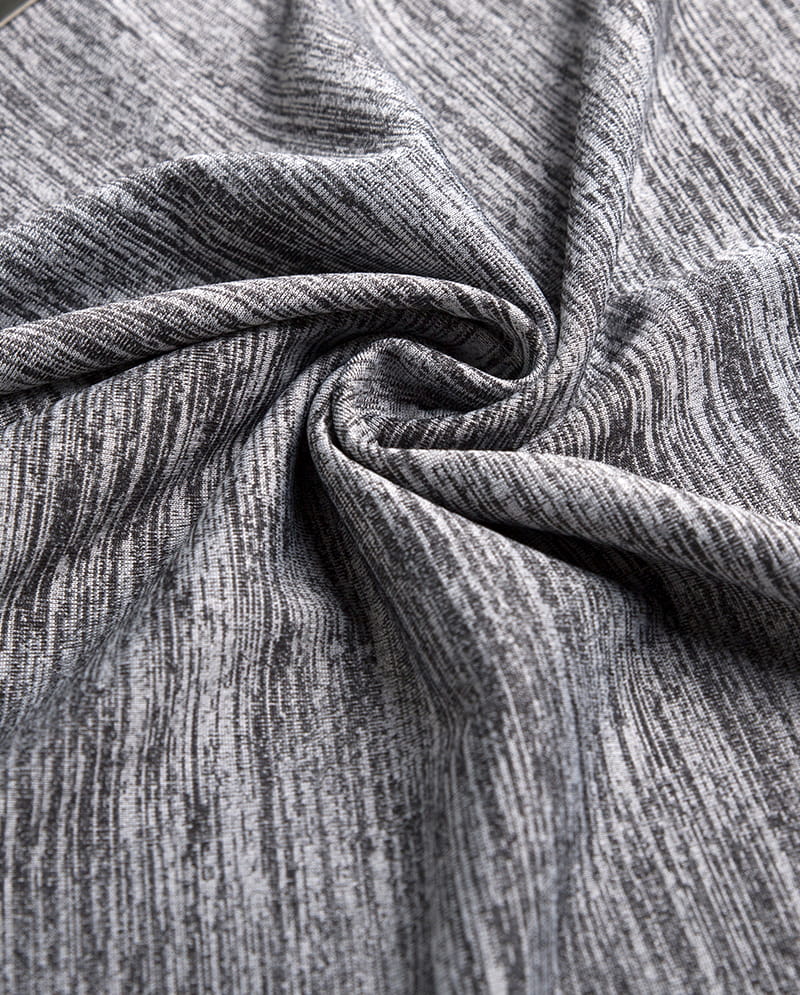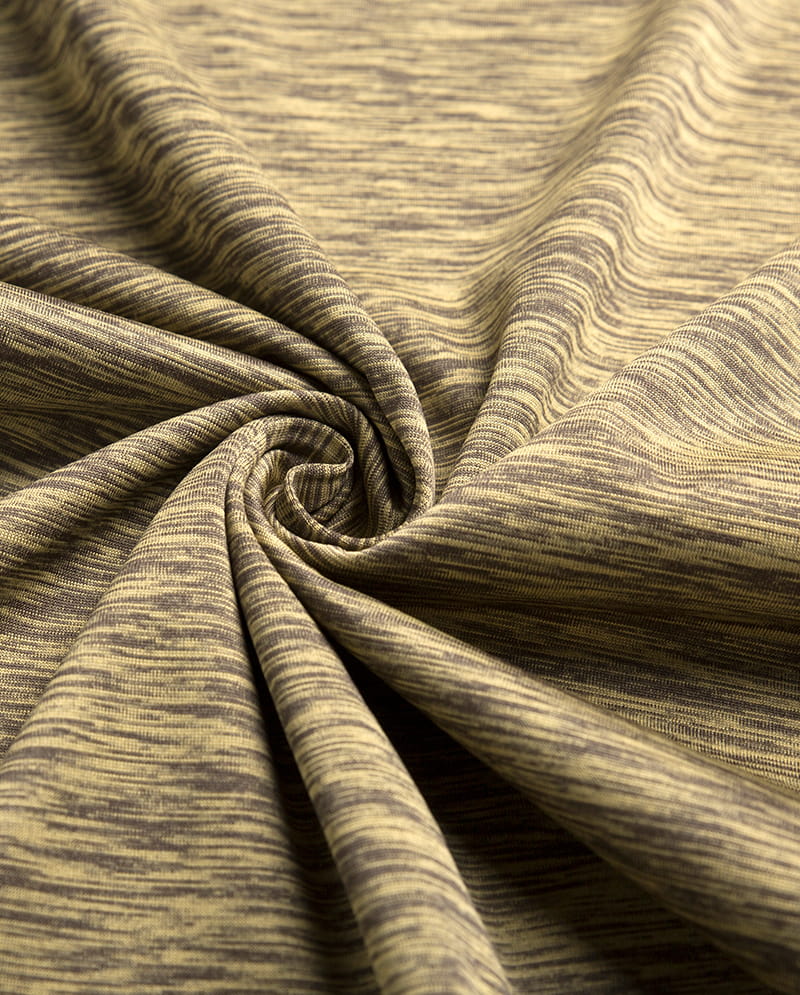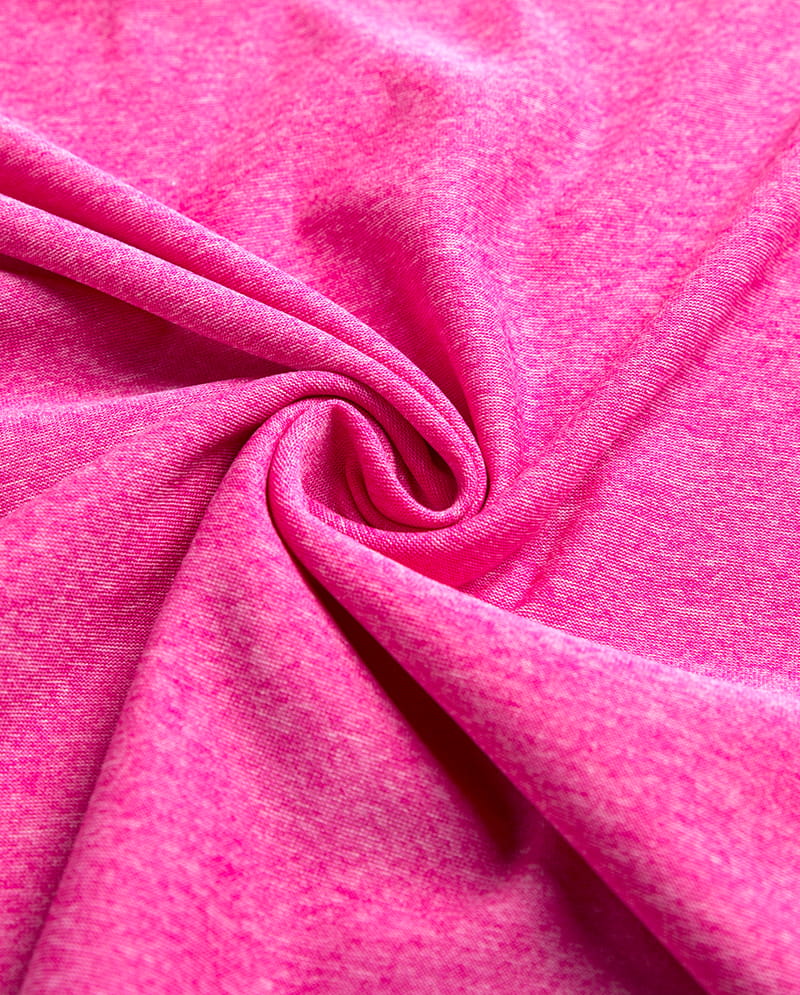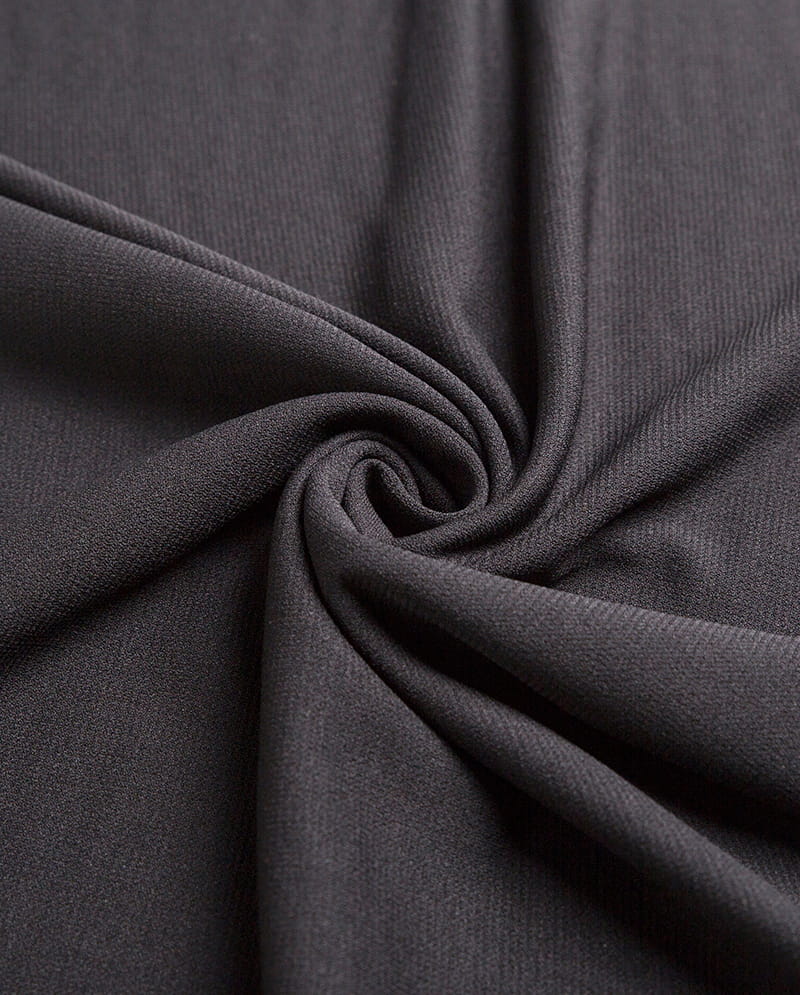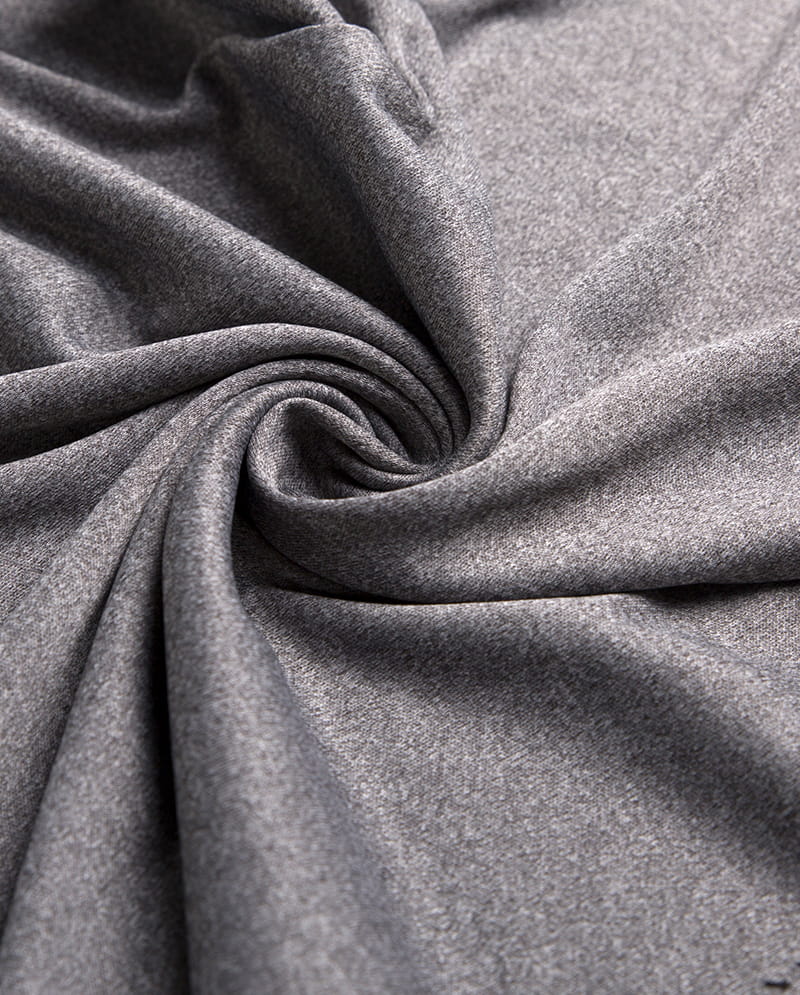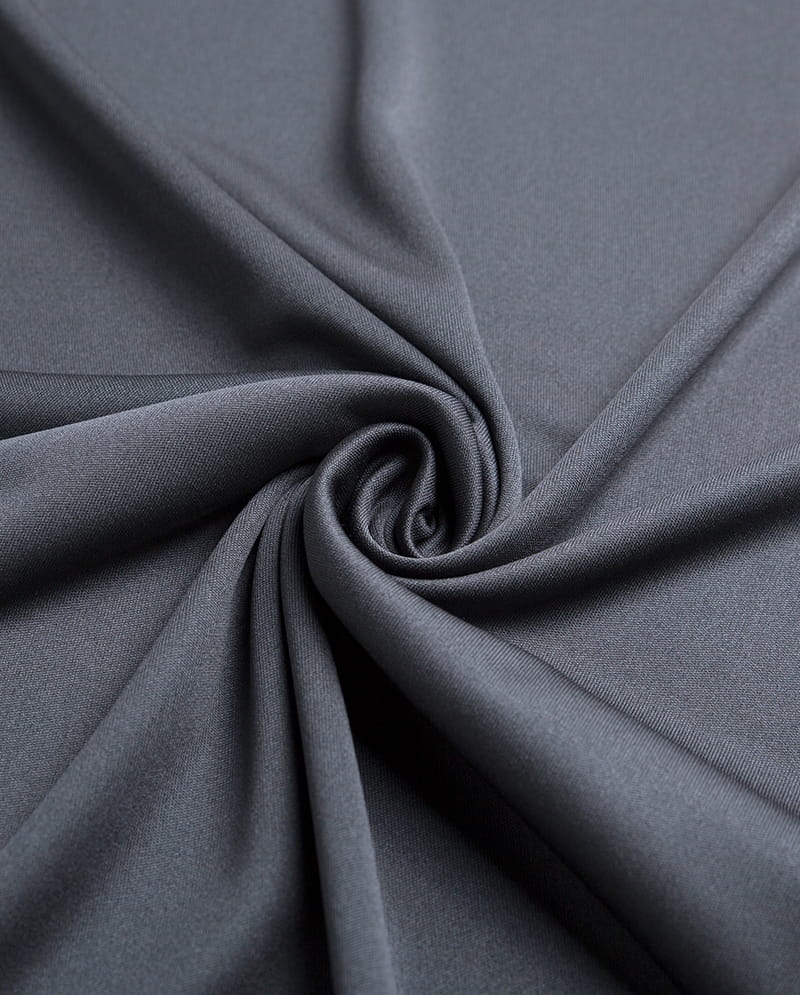How Does Woven Fabric Hold Color During Dyeing?
Color is one of the most critical aspects of textile production, and the ability of woven fabric to hold dye directly impacts its aesthetic appeal, durability, and consumer satisfaction. Understanding how woven fabrics absorb, retain, and maintain color requires examining the interactions between fibers, dyes, weave structures, and finishing processes.
1. Understanding Woven Fabric
Woven fabrics are textiles formed by interlacing two sets of yarns: the warp, which runs lengthwise, and the weft, which runs crosswise. This interlacing produces a stable structure that is less stretchy than knit fabrics but highly versatile in terms of texture, pattern, and durability. Common woven fabrics include cotton, linen, silk, polyester, and blends, each with unique characteristics that influence how well they absorb and hold dye.
The nature of woven fabric—tightness of the weave, fiber type, and surface finish—directly affects how dyes interact with the material. For example, tightly woven fabrics with high thread counts may resist deep penetration of dye, while looser weaves allow for better absorption but may be more prone to uneven color.
2. Types of Dyes Used for Woven Fabrics
The color-fastness of woven fabric begins with the type of dye used. Different fibers react to dyes differently, and selecting the right dye ensures better retention and uniformity.
- Reactive Dyes: Ideal for natural fibers like cotton and linen, these dyes form a chemical bond with the fiber, resulting in bright, long-lasting colors.
- Acid Dyes: Commonly used for protein fibers like silk and wool, acid dyes attach to the fiber through ionic bonds, producing vibrant hues.
- Disperse Dyes: Designed for synthetic fibers like polyester, these dyes rely on high-temperature application to penetrate the fiber structure.
- Direct Dyes: These water-soluble dyes are easy to apply to cellulose fibers, though their color retention is moderate compared to reactive dyes.
- Vat Dyes: Known for exceptional durability and colorfastness, vat dyes are often used for dark shades on cotton and other cellulosic fibers.
Each dye type interacts differently with woven fabrics depending on the fiber composition, affecting both initial color intensity and long-term retention.
3. Fiber Composition and Color Retention
The chemical composition of fibers plays a significant role in how woven fabric holds dye. Fibers can be broadly classified as natural, synthetic, or blended, each with unique dyeing properties.
Natural Fibers
- Cotton: Highly absorbent due to its cellulose content, cotton readily bonds with reactive and vat dyes. Pre-treatment with scouring and bleaching enhances dye uptake.
- Linen: Similar to cotton, linen’s cellulosic structure allows for strong dye retention, though its coarser texture can cause uneven color if not carefully processed.
- Silk and Wool: Protein fibers hold acid dyes effectively. Silk, in particular, displays luminous colors due to its smooth surface and natural sheen.
Synthetic Fibers
- Polyester: Non-porous and hydrophobic, polyester requires high-temperature disperse dyes to allow molecules to penetrate. Standard aqueous dyes are ineffective.
- Nylon and Acrylic: These fibers can be dyed with acid or basic dyes, respectively, but careful temperature and pH control is crucial for consistent results.
Blended Fabrics
Blends, such as cotton-polyester, require dual-dyeing techniques to ensure each fiber component absorbs the appropriate dye, maintaining even color and preventing patchiness.
4. The Impact of Weave Structure
The interlacing pattern of woven fabrics affects how dyes penetrate and hold. Key factors include:
- Thread Density: High-density weaves can resist deep dye penetration, requiring longer dyeing cycles or higher temperatures.
- Yarn Thickness: Thicker yarns may retain more dye in the core, but surface color may appear lighter.
- Surface Smoothness: Smooth surfaces, such as satin weaves, reflect light differently and can appear more vibrant, while rough surfaces like twills may show softer color tones.
Weave patterns also influence color uniformity. For example, plain weaves generally dye evenly, while complex jacquard patterns may create subtle variations due to variations in yarn exposure.
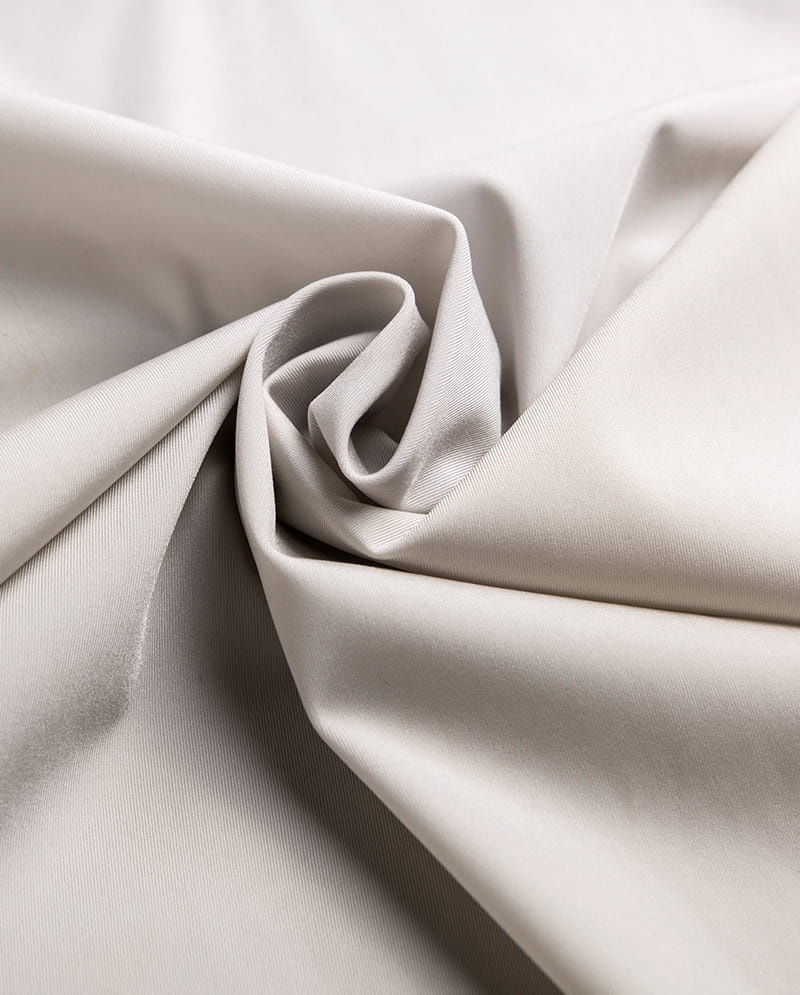
5. Pre-Treatment: Preparing Woven Fabric for Dyeing
Before dyeing, woven fabrics undergo pre-treatment processes to remove impurities, improve absorbency, and prevent uneven color.
- Scouring: Removes natural oils, waxes, and sizing agents from fibers, allowing dyes to penetrate more effectively.
- Bleaching: Whitens fibers to provide a uniform base, ensuring that colors appear bright and true.
- Mercerization (for cotton): Treating cotton with caustic soda increases fiber surface area, strength, and dye affinity.
- Desizing: Particularly for woven fabrics with starch or synthetic sizing, desizing ensures even dye uptake.
Proper pre-treatment is crucial for both natural and synthetic fibers. Without it, colors may appear muted, blotchy, or fade quickly.
6. Dyeing Techniques for Woven Fabrics
Different dyeing techniques are employed depending on the desired effect, fiber type, and production scale.
- Piece Dyeing: Fabric is dyed after weaving, offering flexibility for color choices but requiring careful control to avoid streaking.
- Yarn Dyeing: Yarns are dyed before weaving, producing consistent color throughout the fabric and enabling patterns like plaids and stripes.
- Garment Dyeing: Although less common for woven fabrics, some garments are dyed after sewing to create specific textures and tones.
- Printing: Surface application of dyes or pigments allows for intricate patterns, but retention depends on post-treatment fixation processes.
Each method influences how well the fabric holds color and how it responds to washing, sunlight, and abrasion.
7. Post-Dyeing Treatments
After dyeing, woven fabrics often undergo finishing processes to enhance colorfastness:
- Fixation: Chemical or heat treatments stabilize the dye within the fiber. Reactive dyes, for example, require alkali fixation to form covalent bonds with cellulose.
- Washing and Neutralization: Removes excess dye and prevents bleeding. Proper washing ensures consistent, long-lasting color.
- Softening and Calendering: Improves hand feel and appearance, sometimes affecting perceived color vibrancy.
Post-dyeing care ensures the color remains durable and maintains the fabric’s desired texture.
8. Factors Affecting Color Fastness
Even after careful dyeing, several factors influence how well woven fabrics hold color over time:
- Light Exposure: UV radiation can break down dyes, causing fading, particularly in delicate fibers like silk.
- Washing and Detergents: Harsh chemicals or high temperatures can strip dye from fibers.
- Abrasion and Friction: Regular use, particularly in upholstery or workwear, can wear away surface color.
- Environmental Conditions: Humidity, pollution, and chemical exposure can alter color intensity.
Selecting appropriate dyes, fibers, and finishing processes helps minimize fading and ensures long-term vibrancy.
9. Practical Tips for Ensuring Color Retention in Woven Fabrics
For manufacturers, designers, and end-users, several strategies can improve color retention:
- Select compatible dye and fiber combinations: Reactive dyes for cotton, acid dyes for silk, disperse dyes for polyester.
- Ensure thorough pre-treatment: Clean, bleached, and desized fabrics accept dye evenly.
- Use proper dyeing temperature and duration: Synthetic fibers often require high temperatures; natural fibers are more forgiving.
- Post-dyeing fixation: Heat-setting, chemical fixation, and thorough rinsing prevent bleeding.
- Careful handling during washing: Cold or lukewarm water and mild detergents preserve color.
- Store away from direct sunlight: Minimizes fading and maintains brightness.
By considering these practical aspects, woven fabrics can maintain rich, uniform color through production, storage, and daily use.
10. Conclusion
The ability of woven fabric to hold color during dyeing is a complex interplay of fiber composition, weave structure, dye type, and processing techniques. Each factor—from pre-treatment to post-dyeing care—contributes to the fabric’s final appearance and durability. By understanding the science behind dyeing and applying best practices, manufacturers and designers can achieve vibrant, long-lasting colors that meet both functional and aesthetic requirements.
Woven fabrics, with their stable structure and diverse fiber options, provide a versatile canvas for color expression. Whether for fashion, home décor, or industrial applications, mastering the principles of dyeing ensures that the fabric retains its beauty and utility over time.

 English
English 中文简体
中文简体